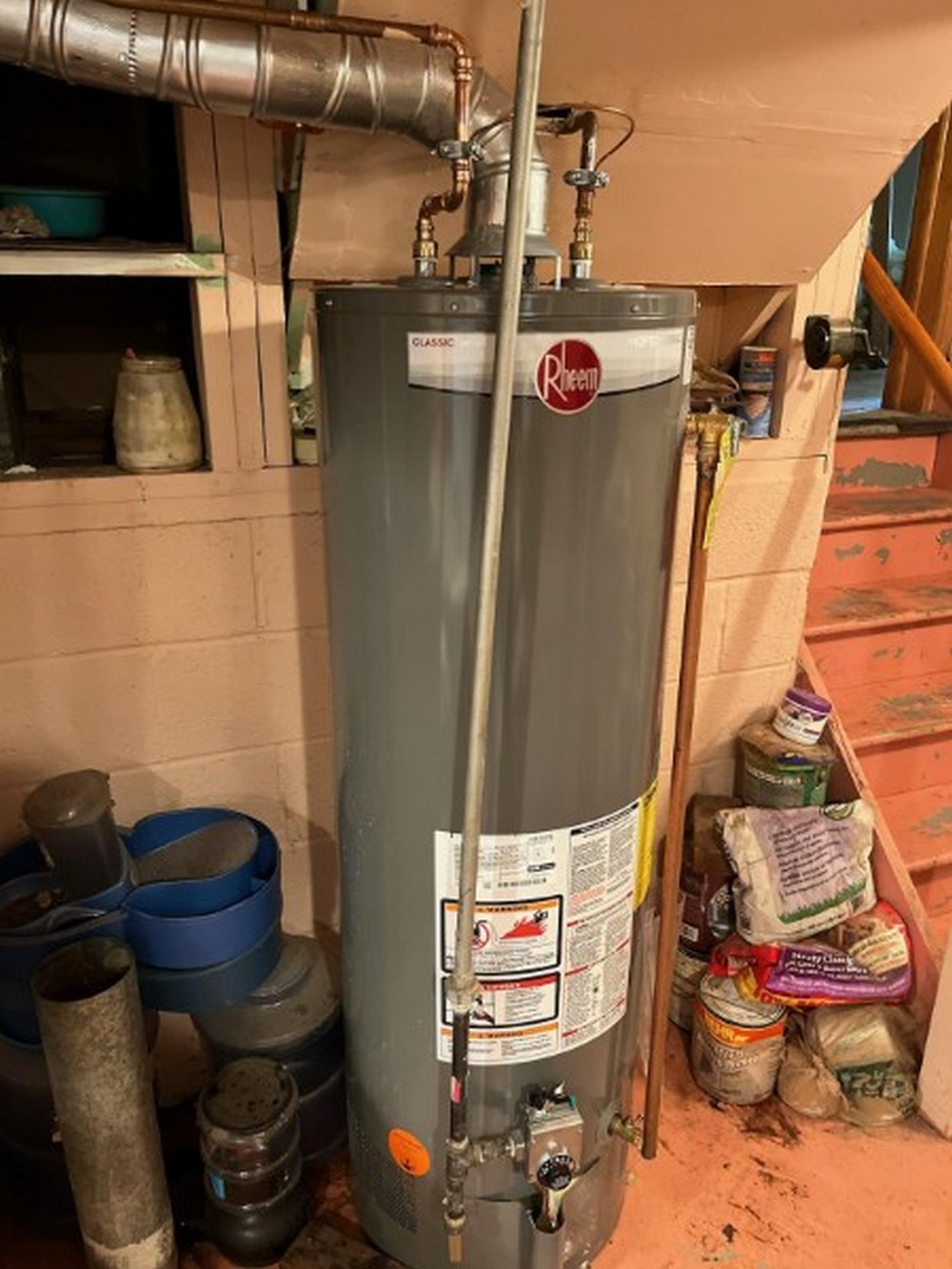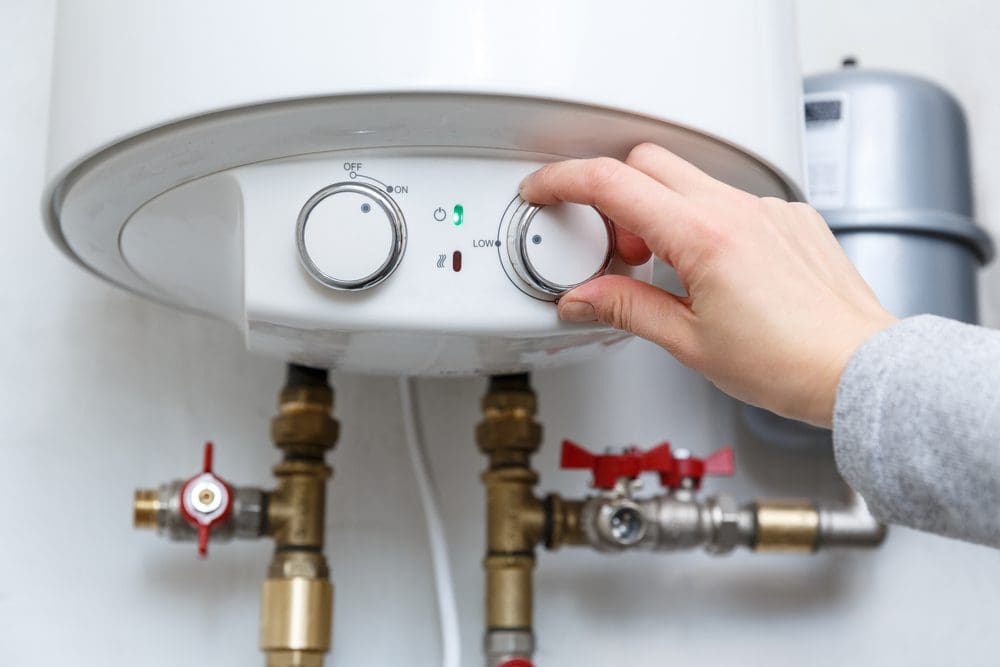Affordable Drain Cleaning Services to Clear Blockages and Foul Odors
Affordable Drain Cleaning Services to Clear Blockages and Foul Odors
Blog Article
Total Overview to Water Heating SystemSetup and Replacement
Recognizing the intricacies of water heater installment and replacement is essential for homeowners seeking to make sure efficiency and reliability in their warm water supply. From choosing the appropriate type and size to executing a smooth setup procedure, a number of aspects need to be taken into consideration to prevent common pitfalls.
Kinds Of Hot Water Heater
When taking into consideration hot water heater setup and replacement, it is vital to comprehend the numerous kinds of water heating units available in the market. One of the most typical kinds include tank water heaters, tankless water heating units, heatpump hot water heater, and solar hot water heater.
Container water heating units are standard systems that save a specific quantity of hot water, making them conveniently available when required. In comparison, tankless water heaters provide warm water on demand, getting rid of the requirement for storage space.
Heatpump water heating systems use electrical power to transfer warmth from the air or ground to warm water, offering considerable power savings however requiring more space and particular installation problems. Solar water heating units harness solar power to warmth water, supplying an eco-friendly choice with possible lasting expense financial savings, although they often call for a back-up system for over cast days.
Recognizing these choices makes sure informed choices regarding installation and substitute, providing to specific requirements and choices.
Selecting the Right Size
Picking the appropriate size for a water heater is critical to make sure optimum efficiency and performance. A system that is too tiny will battle to fulfill house needs, leading to inconsistent warm water accessibility and increased energy consumption. On the other hand, an extra-large hot water heater can cause unneeded energy waste and greater utility costs.
To figure out the right dimension, think about the family's optimal warm water use. This can be calculated based on the variety of occupants and their regular warm water requirements. As an example, a family of four may call for a water heater with a capacity of 50 to 80 gallons, relying on the usage patterns, such as synchronised showers and washing.
Additionally, assess the healing price, which determines exactly how promptly a heating unit can replenish hot water after it has been used. For tankless versions, concentrate on the flow rate, gauged in gallons per min (GPM), to guarantee it meets the family's synchronised need.

Setup Process Review

Following, the old system needs to be detached and removed, making sure to comply with regional codes and policies relating to disposal. As soon as the old unit is out, the new hot water heater can be placed in position. This step entails connecting the water lines, ensuring that all installations are safe and secure and their website leak-free.
After developing water links, it's important to link the power supply, whether electrical or gas, complying with the maker's guidelines diligently. When all connections are made, the system needs to be full of water, and the power can be turned back on. It's important to examine for leakages and make certain the water heating system is functioning appropriately prior to finishing the setup process.
Typical Setup Blunders

An additional constant error is overlooking to comply with local codes and laws. Stopping working to adhere to these standards can not just lead to safety and security threats yet may additionally result in costly fines or the need for costly reinstallation.
Incorrect pipes connections are additionally a widespread error. Stopping working to safeguard links or using the incorrect kind of fittings can result in leaks and water damages. Forgeting the value of an appropriate drain pan can result in significant water damage if leakages do happen. Inadequate insulation of pipes can lead to warm loss, lowering performance. By avoiding these common setup errors, home owners can ensure their water heating unit runs securely and successfully, maximizing performance and long life.
Upkeep Tips for Longevity
Proper maintenance of a water heating unit is important for its longevity and optimum performance. Normal examinations and maintenance can protect against these details expensive repair services and extend the device's lifespan. Begin by checking the temperature level setup; it needs to normally be set in between 120 ° F and 140 ° F for optimal power performance and safety.
Every six months, flush the storage tank to remove sediment buildup, which can hinder home heating efficiency and cause rust. To do this, shut off the heating unit, connect a pipe to the drain valve, and let the water run up until it is clear.
When they are rusted,Anode poles should be checked each year and changed. These rods assist protect against container rust by attracting destructive elements in the water.
Furthermore, inspect the stress safety valve regularly to ensure it is functioning appropriately. This valve is vital for stopping too much stress build-up within the storage tank.
Last but not least, think about scheduling a specialist upkeep check every few years for thorough try this website examinations and servicing. By sticking to these upkeep suggestions, house owners can dramatically improve the effectiveness, security, and life-span of their water heating units, making certain reliable warm water for many years ahead.
Verdict
In verdict, correct setup and maintenance of water heaters are essential for making sure performance and longevity. By recognizing these necessary aspects, house owners can attain a reliable warm water supply while lessening possible concerns connected to water heating unit operation.
Understanding the complexities of water heater installation and replacement is essential for home owners looking for to guarantee effectiveness and dependability in their warm water supply.Tank water heating units are standard systems that keep a particular volume of warm water, making them conveniently offered when required. In contrast, tankless water heaters supply hot water on demand, getting rid of the need for storage space. Picking a water heating unit that is either too small or also large can lead to inefficiencies, resulting in inadequate warm water supply or too much power usage.
By recognizing these vital elements, homeowners can achieve a trusted warm water supply while decreasing possible concerns associated to water heating system operation. gas leak repair.
Report this page